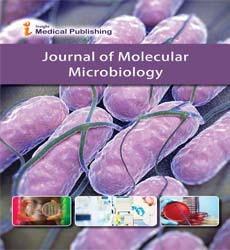16s Rdna Metagenomic Approach For Studying the Degradation of Azo Dyes and its Efficiencies
Abstract
Azo dyes has gained much attention lately due to its improper disposal from textiles and dyeing industries since it causes toxicity to animals, aquatic organism as well as human. Enhancement of cost effective, efficiencies and environmental friendly provides as alternative way for bioremediation of azo dyes. Soil sample is collected from Wangkhei, Imphal East district, Manipur, India (24°47´31.9632´´ N, 93°57´35.0784´´ E). In this present study, bacterial community that are able to survive in the bacterial consortia grown in Congo Red (500 mg/L) was analysed using its 16S rDNA approach. From the metagenomic study, the most abundant phylum, genus and species was found to be “Proteobacteria”, “Acinetobacter” and “Unclassified species” respectively. Metagenomic reads which are assigned to the Cluster of Orthologous Groups of protein (COG) and Kyoto Encyclopaedia of Genes and Genomes (KEGG) hits revealed genomic potential of indigenous communities of microbes. The enzymes which are involved in biodegradation pathways of xenobiotic were also predicted. The information obtained from the present study can provide necessary conditions which are needed for cleaning up of the effluent released from the industries.
Key word: Azo dyes, Congo Red, 16S rDNA, Proteobacteria, Acinetobacter, COG, KEGG
Open Access Journals
- Aquaculture & Veterinary Science
- Chemistry & Chemical Sciences
- Clinical Sciences
- Engineering
- General Science
- Genetics & Molecular Biology
- Health Care & Nursing
- Immunology & Microbiology
- Materials Science
- Mathematics & Physics
- Medical Sciences
- Neurology & Psychiatry
- Oncology & Cancer Science
- Pharmaceutical Sciences
